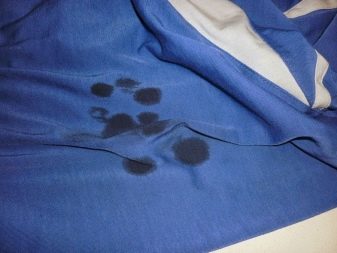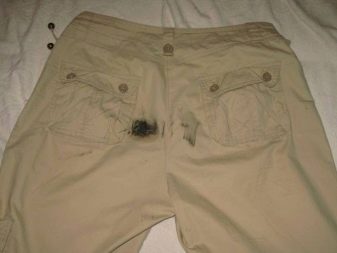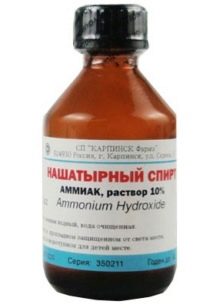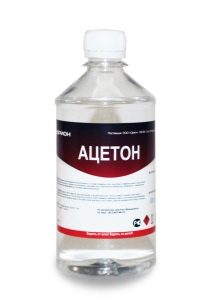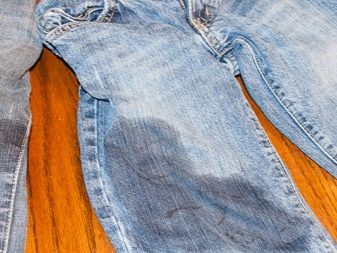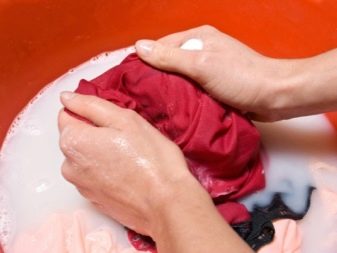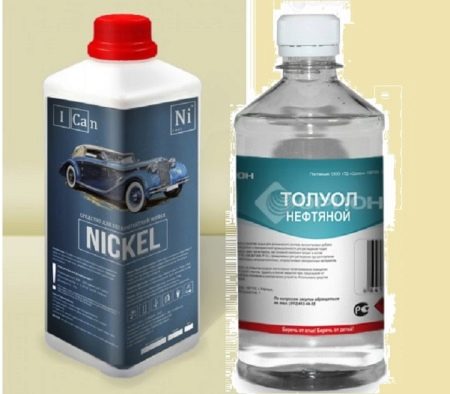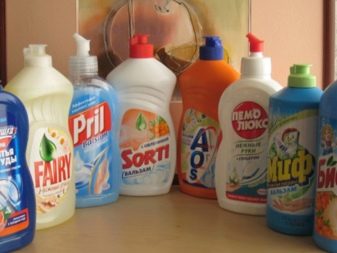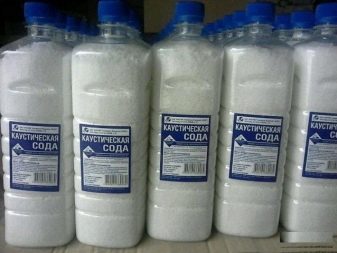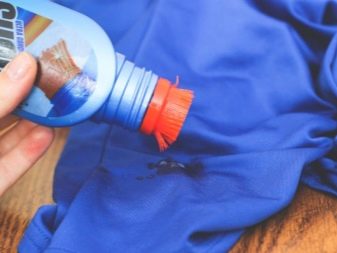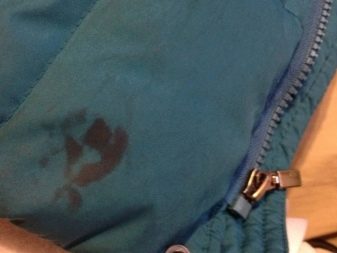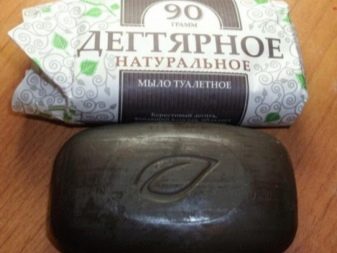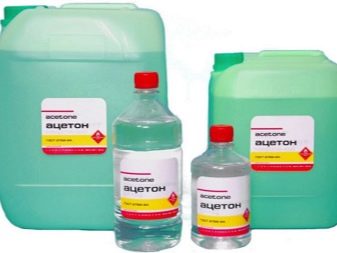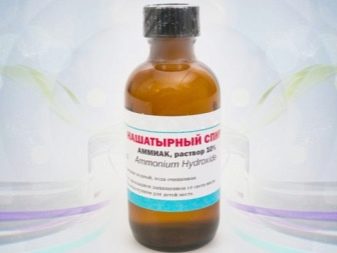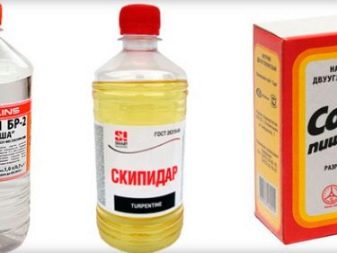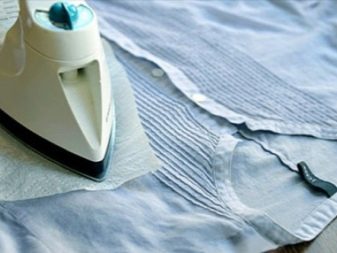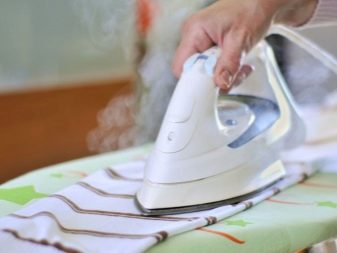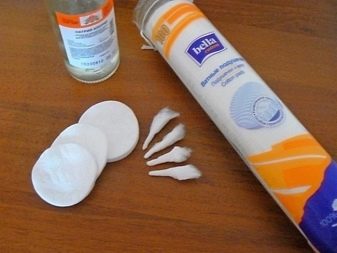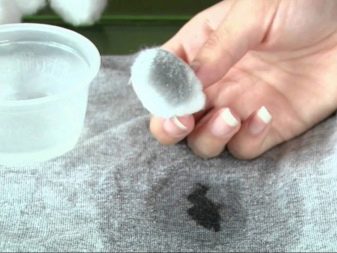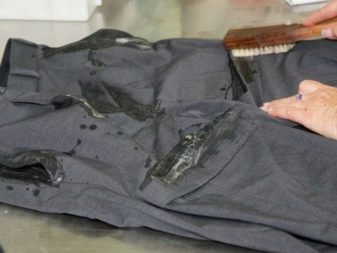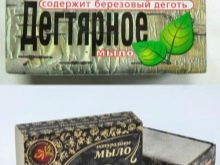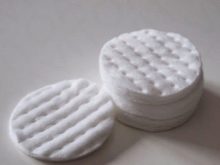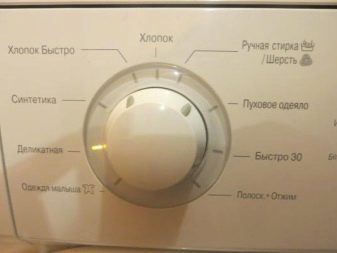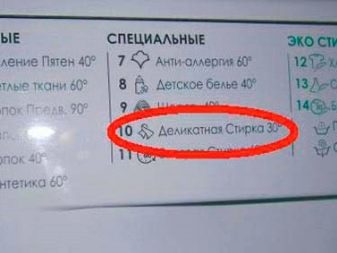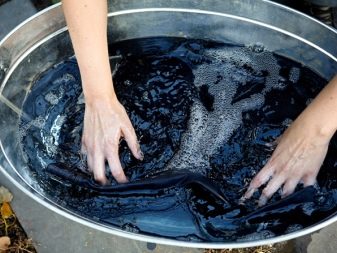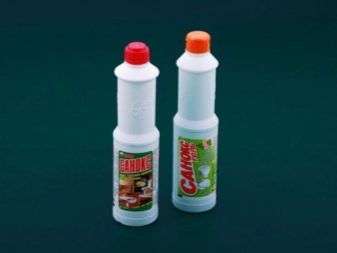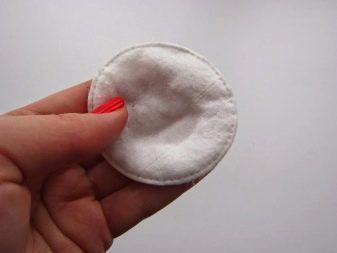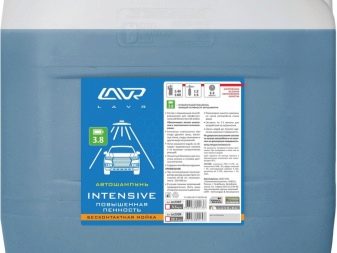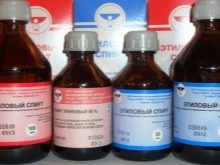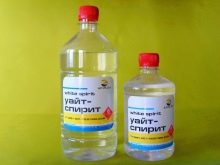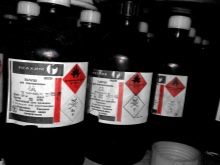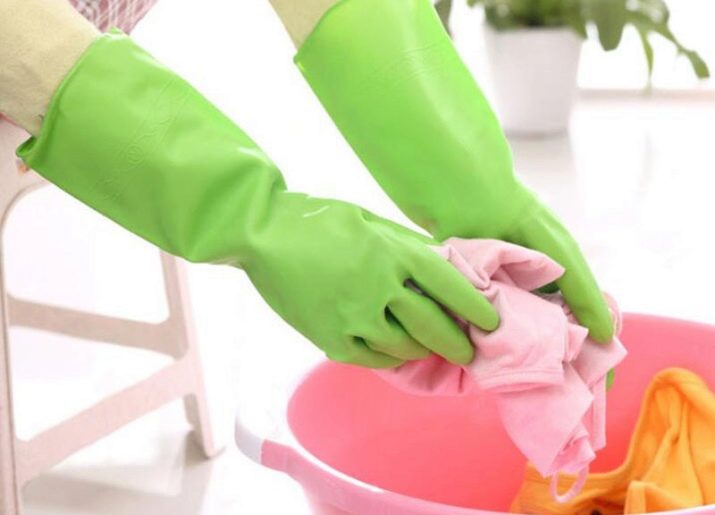Each of us probably soiled clothes in fuel oil. Adults usually “put” difficult-to-remove stains in public transport, children - on the playground on a swing. Often fuel oil gets dirty by mechanics when repairing equipment, machinery or special equipment. "Find" products of the oil industry is not difficult. One inaccurate movement - and on the clothes "oil" pollution "flaunts".
To carry a dirty thing in dry cleaning is a reliable, but very costly way to restore its original appearance to it. A more economical method is to get rid of pollution on your own at home. However, to withdraw such a stain will have to make a lot of effort.
Means for removing fuel oil pollution
The composition of fuel oil is a large number of different resins and asphaltenes. In the process of normal washing such stains will not leave the clothes.
Remove oil pollution can be substances that can dissolve resins and oil compounds. These funds include ammonia, acetone, baking soda and other formulations.
Before applying a substance, you need to know how it will affect a certain type of fabric.
For example, cotton or wool clothing "will not sustain" contact with alkali (gasoline, acetone). It is impossible to remove fuel oil with acid compounds (liquid ammonia, turpentine) from things from viscose or velor.
Before removing the stain, determine the degree of contamination. Strongly soiled clothes will have to be treated abundantly with a resin-dissolving compound, and then be fixed. One or two small spots may be partially blurred.
The following products can be used to clean oil pollution:
- Car shampoocontaining toluene or naphtha. This substance is sold in specialized stores. To get rid of the stain, soak a cotton pad in the shampoo and apply the product to the dirt.
After the manipulations, wait 5-10 minutes. This time is enough for a chemical reaction to take place and the stain is “gone.” At the end of the exposure time, wash the item by hand or on a typewriter.
- Dishwashing compositions (for example, AOS or Fairy). These sparing substances are perfect for "delicate" clothing. To clean, rub the stain into the stain and leave to affect the product for half an hour. Afterwards, lock and rinse the item thoroughly. The last stage - washing in a typewriter in the usual mode using stain remover.
- Caustic soda. When working with a substance, gloves should be used to protect the skin of the hands from a toxic substance. Please note that caustic soda can not be used when removing stains from clothes made of cotton and wool. To get rid of contamination, dilute the powder in water at a ratio of 1: 2. Apply the resulting solution to the stain for 1 hour, then fix.
The above-described methods of removing fuel oil are effective if the stain is “planted” recently. The “older” the pollution, the harder it is to remove from the fabric.
Improvised means
With improvised means it is possible to remove only fresh weak or medium fuel oil stains. To the most effective substances that dissolve traces of petroleum products, include the following:
- Tar soap. Suitable for washing clothes made of soft and delicate fabrics.To remove contamination, soak and treat the soiled area of clothing with soap. Cover the item 2-3 times, rinse thoroughly.
- Acetone. In any girl's cosmetic bag there is a bottle of acetone-based nail polish remover. With it, it will be possible to remove small black oil pollution from heavy clothes. To remove the stain, moisten the cotton pad with acetone and wipe the soiled area. Leave the composition on things for about an hour. Over time, rinse with warm water and rinse the product.
- Turpentine Oil and Saltwater. To scrub the oil will need a solution of these two components. To prepare it, take liquid ammonia and turpentine in a 1: 1 ratio. Treat the composition with a cotton swab, leave for 10 minutes, then rinse thoroughly with water.
- Soda and turpentine. Use this method to quickly remove old stubborn stains. To give the clothes a pristine appearance, apply hot turpentine to the dirt and leave for half an hour. Then treat the area with soda (it is allowed to use a soft brush). Rinse your clothes and wash them in a typewriter, setting the maximum allowable temperature.
Also, iron and paper materials with a high absorption rate are able to return things clean. This method will give a positive result if there is no serious dirt on the clothes, and there are small specks of fuel oil.
To remove oil droplets, place a stain on top and a napkin under it and iron the product with a hot iron.
If necessary, change the blotter. In the process of ironing, the resins will remain on the paper, and a greasy stain will form on the clothes, which can be easily removed with a detergent.
Cleaning various fabrics at home
Oil stains from thin and synthetic materials are not recommended to be scrubbed with flammable and toxic products. Very high risk of damaging clothing. To return the presentability of things from lightweight fabrics you need to resort to gentle cleaning methods.
For example, you can use aromatic oils. Preference is best to give eucalyptus, pine or fir extract. Such compositions have a pleasant aroma and a mild effect on the material, in contrast to the aggressive combustible agents.
To remove stains from a soft or synthetic fabric, place a cotton pad moistened with oil under the dirt, rub the dirty area with another disk until the dirt is completely removed. After the procedure, wipe off the remaining fatty spot with oxygen powder or stain remover.
Effective way to remove oil from things - application of butter. This product is a natural solvent that destroys the resinous structure of fuel oil. To remove contamination, rub the stain with frozen oil. Then pour contamination with any detergent and leave it for 5-10 minutes. Cover the item with hot water.
If the stain is "planted" on dense tissue, you can use aggressive formulations. They differ in higher efficiency, in comparison with the sparing means.
However, they are strictly forbidden to be applied to linen, synthetic and any other thin fabrics.
If you have soiled jeans in fuel oil, do not be discouraged. This fabric is characterized by high density, resistance to abrasion and the effects of aggressive agents.
To remove fuel oil from jeans, you can use petrol. To do this, soak a cotton pad in flammable substance and lightly rub the stain. After 1-2 minutes of interaction with gasoline, fuel oil will begin to dissolve. After that, thoroughly rinse the item and put it in the typewriter at the maximum temperature.
There are situations when outerwear is worn in fuel oil. How to remove the stain from the jacket? For these purposes, you can use toluene, tar or laundry soap.To remove fuel oil, soak a cotton pad with soapy water or toluene and wipe the soiled area.
It is recommended to remove fuel oil from a bolonevian jacket or from a white outerwear using a bleach (selected according to the type of fabric). After the disappearance of the stains, the thing must be washed in a typewriter using the “delicate” mode.
How to deal with workwear?
Most often, working clothes are exposed to heavy fuel oil pollution. It is sewn from durable fabrics that can withstand aggressive alkaline and acidic substances. If the overalls are very dirty, perform the following manipulations:
- pour gasoline into the tank and soak the “special clothes” in it for a couple of hours;
- rinse clothes and hand wash them using powder;
- dry the product in a well-ventilated area.
Wash heavily soiled clothing in a washing machine is not recommended.
Old stains are well removed. "Sanoksom". The composition is designed to combat rust. However, due to the content of oxalic acid, the substance copes with stains from engine oil and fuel oil.
To remove contaminants, wet a cotton pad in the tool and wipe the soiled areas with it. If necessary, the dirty product is allowed to soak in the "Sanox" for 4-5 hours, after which it must be washed by hand or on a typewriter.
How to remove the stain on the shoe?
Mazut is a greasy and viscous compound that is difficult to clean from suede, dermatin, leather or fabric shoes. However, the stained spot is not a reason to buy new sneakers, shoes or boots. Before sending shoes to "junk", try to remove fuel oil pollution. To do this, you can use the following tools:
- diesel or gasoline;
- car shampoo;
- ethanol;
- White Spirit;
- toluene.
To wipe off dirt, soak a cotton disc in any of the proposed substances and wipe the stain. If necessary, repeat the process several times.
Useful tips
Before proceeding to the removal of oil spills, you need to familiarize yourself with the following rules:
- When working with toxic and concentrated formulations, you must wear protective rubber gloves. It is recommended to carry out works on the street or in the aired room far from open sources of fire. If necessary, use a respirator.
- Before you apply the composition on clothing, it is advisable to check the effects of a substance on the fabric. To do this, treat with a means unobtrusive area from the inside.
- To eliminate the risks of increasing the area of pollution, wipe it from the edges to the middle.
- Begin to remove the spot on the same day that it was “planted”.
- To prevent the occurrence of contamination from the reverse side, put the folded fabric several times inside the clothes.
- Oil-soiled products must first be washed by hand and only then be sent to the washing machine drum. It is not recommended to lay pre-treated items. In the machine will remain the smell of petroleum products, which in the subsequent washing will “sip” other clothes.
- Delicate and thin materials are not allowed to rub or knead for a long time, and also use brushes for cleaning.
Getting rid of fuel oil on clothes is difficult, but real. If you have soiled an expensive item, you should not risk and make independent attempts to return the product to perfection. It is best to ask for help at your nearest dry cleaner.
How to effectively remove stains from engine oil, see the following video.

